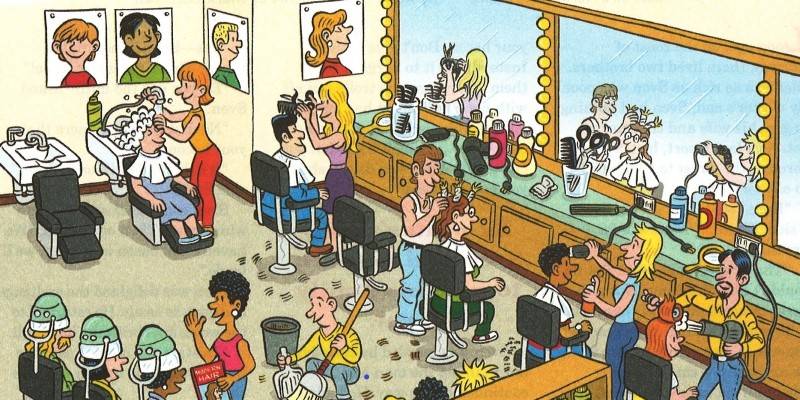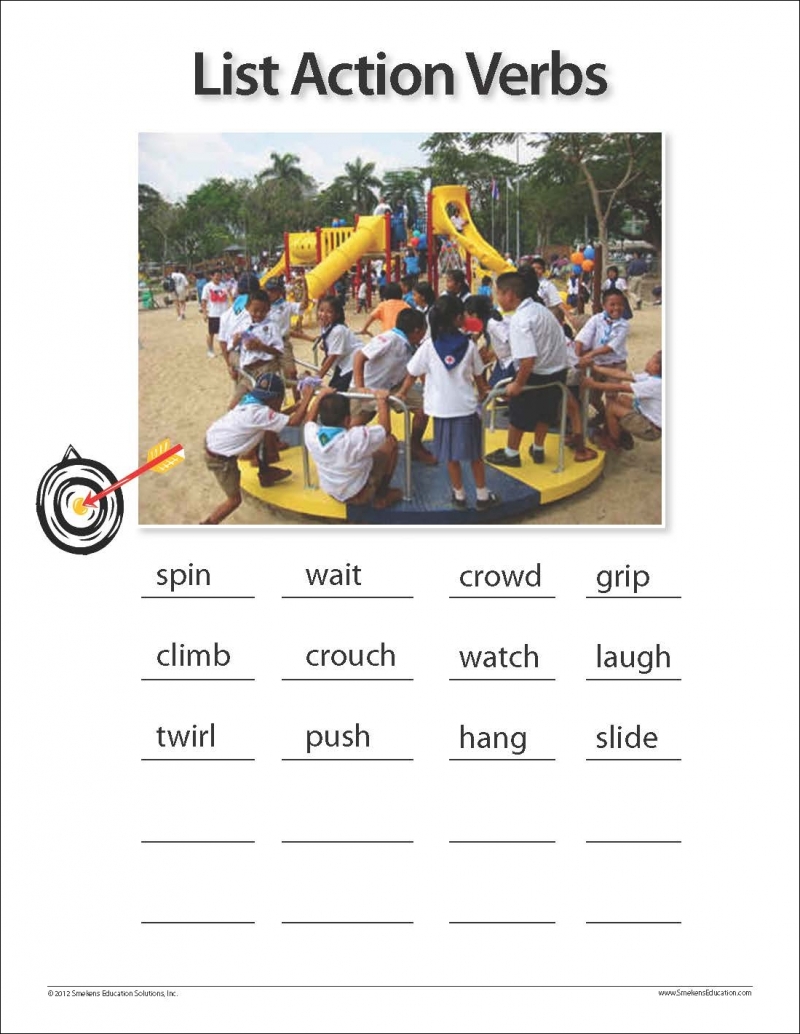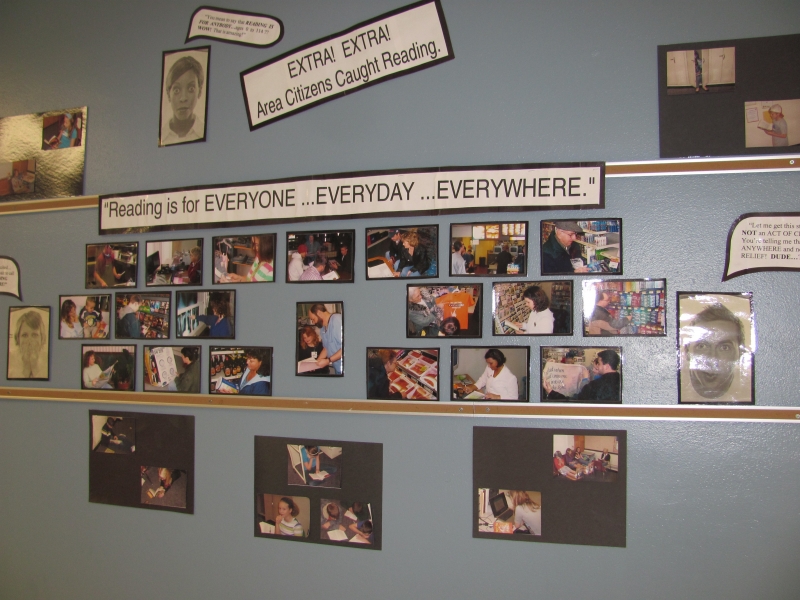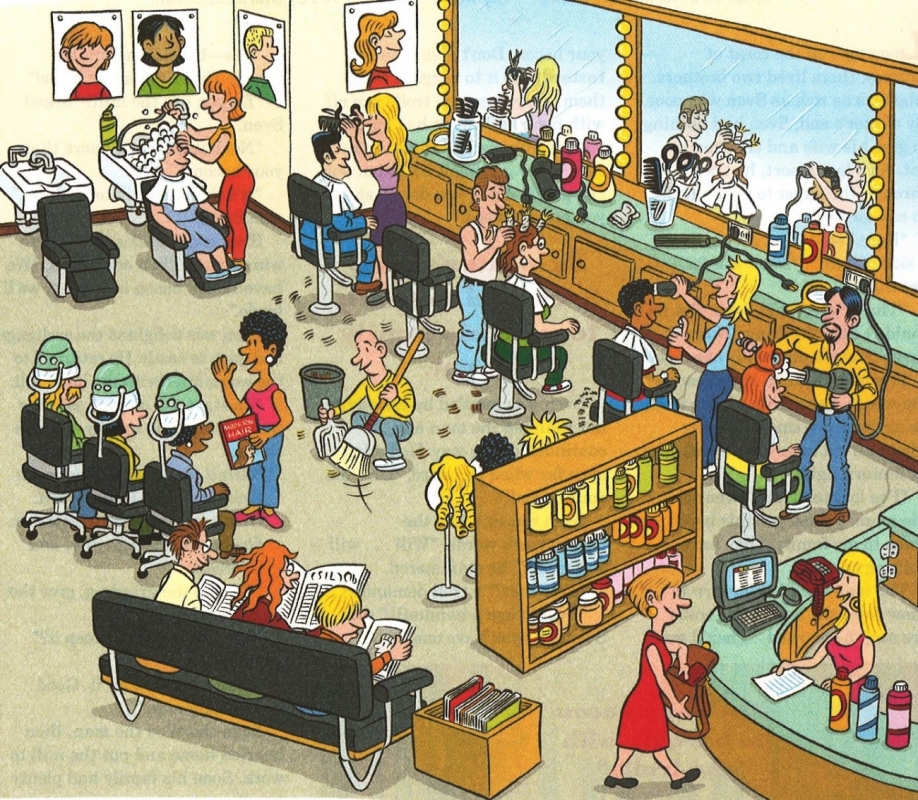Learning Center
writing
Integrate images for various instructional purposes
May 09, 2013

An image can act as a foundation to build knowledge, foster curiosity, and inspire writing—all of which open the door for discussion before you begin reading specific subject information. For these reasons and more, why you might want to spend time this summer collecting images.
10 Instructional applications for photos & visuals:
1) Brainstorm action verbs.
Look for images with a lot of activity and ask students to brainstorm a list of action verbs evident in the picture. After this activity, you can then “retire” or “bury” weak verbs like go/went, get/got, etc.
2) Depict a vocabulary concept.
Find pictures that visually demonstrate a vocabulary concept. Help students “see” what words mean to aid in their comprehension and understanding. Introduce and demonstrate concepts from math (e.g., shapes, lines/rays, angles), science (e.g., environmental science, gravity, life science, change, systems) or social studies (e.g., land forms, cultures, traditions, community, geography).
3) Introduce a unit of study.
Reveal photographs at the beginning of the unit to build background knowledge before reading.
4) Celebrate real-life reading.
Demonstrate reading in action. Adams Central (Monroe, IN) teacher Ked Moser went out into the community and took pictures of people reading everything everywhere! What a great way to celebrate reading and to help kids see that reading really is all around us! Click here for more bulletin board highlights.
5) Add a caption.
Show students a photograph and ask them to provide a 4-8 word sentence or caption. What’s happening in the picture? What’s it all about? This titling activity is a great way to begin teaching main idea.
6) Inspire your writers.
Use photos to inspire your writers. Show students a group of pictures and ask them to choose one as inspiration for a writing assignment.
7) Show frame-by-frame visuals.
Identify images for topics/concepts you study that are systems or processes that show sequence or change over time. Have these on hand so that once the concepts have been taught, students can use the frame-by-frame visuals to write succinct informative captions demonstrating their knowledge and understanding.
8) Picture characters from a story.
Provide several images of humans, animals, or fictitious characters. Challenge students to select one to portray as the main character in their next narrative story.
9) Practice visualization.
Select photos that depict high-action/high-emotional situations. Plan to use these to work on students’ visualization skills. In preparation for the activity, write a detailed passage describing a photo’s scene. Then read the description WITHOUT showing them the original image. Ask students to sketch what they visualized. Then show them the original photo to compare their visualizations to the original image. Spend time identifying the words within the description that were most helpful in painting a clear picture in the reader’s mind.
10) Play with prepositions.
Find a busy picture full of many different people or objects. Ask students to use prepositional phrases (primary teachers can call these “where” details) to describe various items within the scene. For example: The woman in the red dress is near the counter. The mirror is on the wall.
For more uses for photographs, check out these ideas.
Sources for FREE Photographs
- Using Web browsers like Google Images and Bing Images can be a great source for photos.
- Pics4Learning provides a safe library of free copyright-friendly images for teachers and students.
- There are also free stock photo sites like Free Range Stock and Morgue Files.
- You can collect photographs via magazines or newspapers, too. Scan the original images or cut them out and save the originals.
Once you start collecting pictures, it’s amazing how many different ways you’ll find to use the same images with your students.








